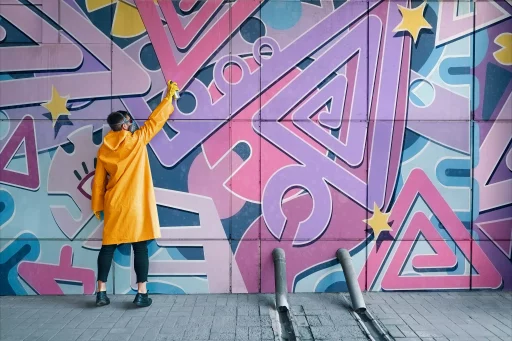Introduction to Pant Slang
Pant slang—a fascinating interplay of language and culture—refers to the expression and terminology that revolves around pants and similar garments. As fashion evolves, so does the lexicon surrounding it, merging the worlds of clothing and casual conversation.
The Evolution of Pant Slang
Understanding pant slang requires a look at how language evolves with societal changes. The emergence of casual wear in the 20th century initiated numerous slang terms that reflect personal identity, cultural movements, and a shift towards informal communication.
Popular Pant Slang Terms
- Joggers: Comfortable pants often made of cotton or polyester, popular for workouts or lounging.
- Chinos: Casual trousers made from chino cloth, bridging the gap between dressy and laid-back.
- Mom Jeans: A nostalgic reference to high-waisted jeans, typically associated with a relaxed fit.
- Skinnies: Jeans that are tightly fitted to the leg, often celebrated for their stylish silhouette.
- Cargo Pants: These trousers feature multiple pockets and were originally designed for military use.
Case Study: The Rise of Joggers
The joggers trend encapsulates the intersection of fashion, comfort, and social media influence. Initially popularized by athletic brands, joggers have evolved into a style statement. Statistics highlight this shift: according to a 2021 report by NPD Group, sales of activewear, which includes joggers, increased by 37% year-over-year.
Pant Slang Across Cultures
Pant slang is not isolated to English-speaking countries. Different cultures have their own unique terms that reflect local fashion trends and societal attitudes. Here’s a glimpse into pant slang across various cultures:
- UK: In Britain, “trousers” is a standard term while “slacks” refers to semi-formal pants.
- Australia: “Trackies” is commonly used to refer to tracksuit pants, emphasizing comfort.
- India: “Patiala pants” are a traditional style that has found modern slang usage.
The Impact of Social Media on Pant Slang
With the rise of digital spaces, social media platforms have played a significant role in popularizing pant slang. Influencers showcase their outfits accompanied by catchy phrases. Hashtags like #casualchic and #pantsstyle have emerged, amplifying the audience’s exposure to new styles and terminologies.
Demographics and Usage
Demographics heavily influence pant slang usage. According to a survey by The Harris Poll, 65% of millennials identify as having a unique personal style and frequently utilize slang to describe their clothing choices. The same survey found that:
- 72% of Gen Z shoppers prefer comfortable clothing.
- 50% of respondents have adopted new fashion slang from social media.
The Future of Pant Slang
The future of pant slang is tightly woven with the evolution of fashion itself. As more people embrace casual and athleisure wear, new slang terms will likely emerge. We can anticipate increasing globalization, leading to a melting pot of cultural expressions surrounding garments.
Conclusion
Pant slang serves as a reflection of societal trends, linguistic evolution, and cultural identity. By examining popular terms and their origins, we can better appreciate the intricate relationship between fashion and language.


